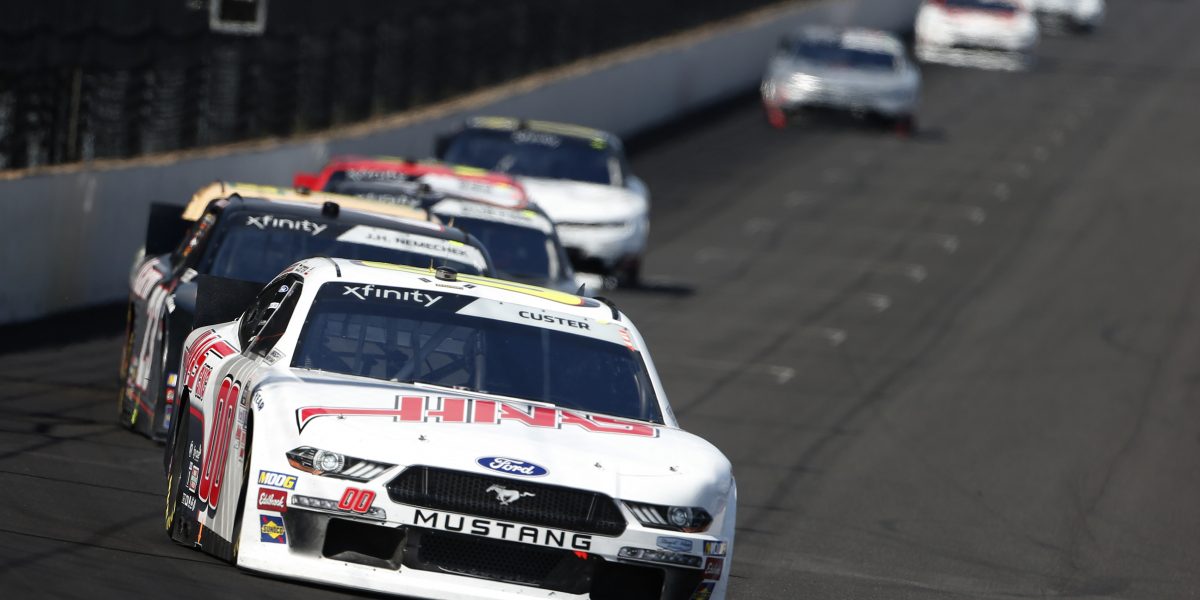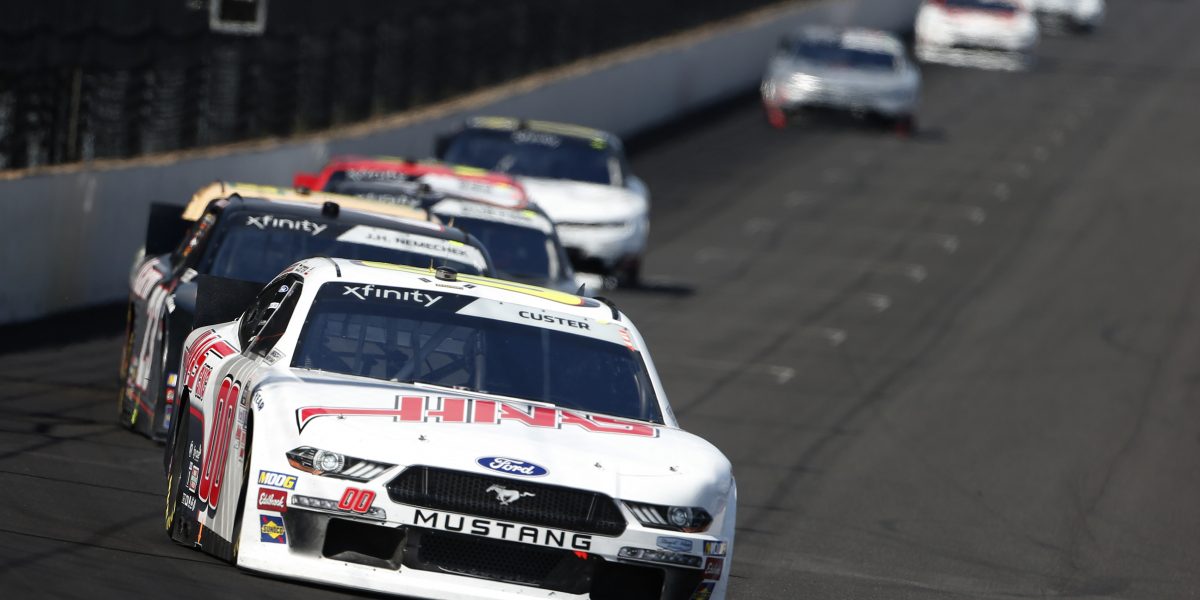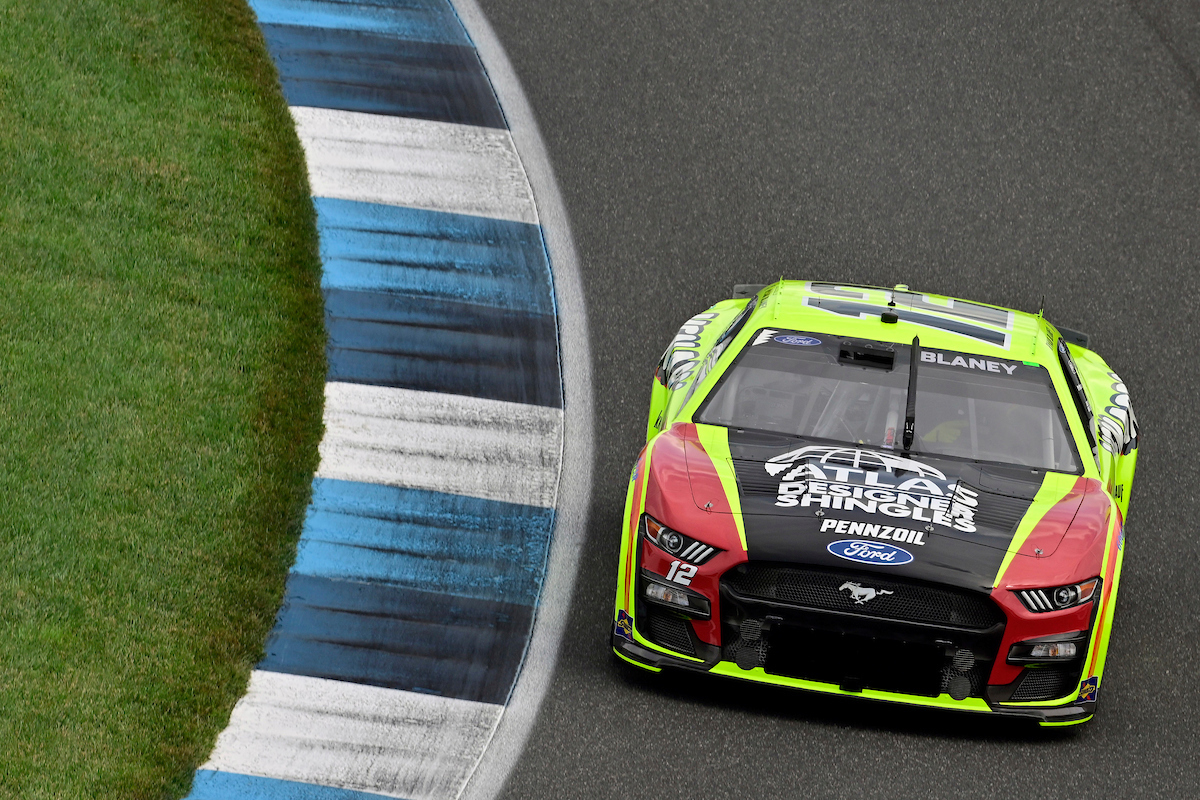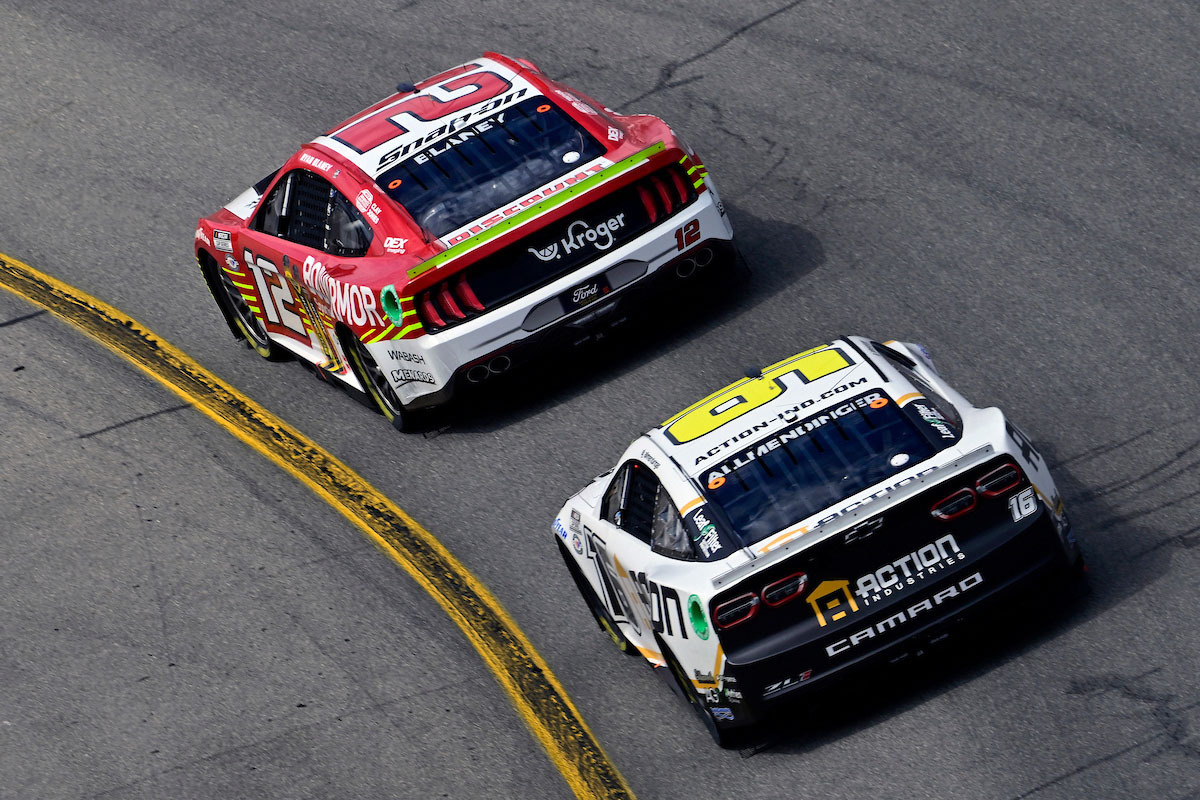What is a stock car? 4 Interesting Facts About NASCAR cars


National Association for Stock Car Auto Racing, LLC (NASCAR) has been using the term ‘stock car’ since its inception in 1948 by Bill France Sr. The term ‘stock car” applies to a factory bought car, with little if any modifications. The cars that raced resembled a normal sedan in your neighbor’s backyard. Stock car racing was meant for racing factory manufactured cars that the ordinary public could buy. Present-day racing cars are heavily fortified and their engines and other components are designed solely for racing. Gone are the days when a farmer could compete in a local race with his sedan and emerge a winner.
Table of Contents
How did stock car racing originate?
Throughout the 1920s and a couple of years in the 1930s, liquor production and its sale were prohibited in the US. This gave rise to moonshine runners who supplied the speakeasies or sold liquor on the sly themselves. These bootleggers needed cars fast enough to outrun police vehicles. These cars would look like ordinary cars but their engines were tweaked to get more speed out of them. The owners of these cars would often get together to race each other. They used to call it a stock car race to distinguish it from other races in which purpose-built cars would participate.
Any car owner could participate in these races if he had enough gasoline and a piece of rope to fasten himself to the seat. Bill France Sr. was one of these racers. He noted that the organizers of these races would often cheat the participants by walking away with all the money. There were no fixed rules and rules were stipulated by organizers as they went along. Bill Francis Sr. decided it was time to set things right. He called a meeting of like-minded people at the Streamline Hotel and set out to form an organization that would unify the rules of stock car racing.

Nascar was formed in 1948 with the express intention of regulating stock car racing in the US. The racing cars were allowed to buy any parts available in the markets. The cars had to be genuine models that had sold at least 500 cars to the public. Thus cars were homologated. The cars were so “stock” that drivers would drive to the race in the cars that they would race in. Till the advent of the Trans-Am Series in 1967, competing cars were factory bough with little or no modification in their engines. Although the cars have evolved a lot since then, the phrase “stock car racing” has stuck.
How did stock car racing evolve?
In 1949, and 1950 the Oldsmobile Rocket V-8 ruled the roost followed by the Hudson Hornet from 1951 to 1943. It was only after the Korean War ended in 1953 that cars with more powerful engines would compete in stock car races. That year NASCAR recommended the installing of roll bars on race cars. In 1957 the Automobile Manufacturer’s Association had banned manufacturers from using race wins in the advertisements. Car manufacturers then resorted to supplying race teams with purpose-built parts.
Restrictions and regulations in NASCAR
In 1957 Chrysler started manufacturing fuel injection engines and Ford, superchargers. Bill Francis Sr. intervened and immediately banned fuel injected and supercharged engines from NASCAR. Companies then started producing cars with low drag and using aluminum alloys in their cars to make the cars lighter. In 1963, engines were restricted to a displacement volume of 427 cu. in. (7 liters) with two valves. It wasn’t until 1971 that NASCAR restricted the “aero car” engine displacement to 305 cu. in. (5liters). Drivers immediately switched to the non-aero body style and 427 cu. in. engines. NASCAR resorted to restriction plates to limit the speed of the cars.
So many new regulations were introduced in 1972, that the year is considered the beginning of modern NASCAR racing. 1993 saw the introduction of ground effect wrap-around type spoilers. It is from this point that stock cars were allowed to vary greatly from cars available to the public. Today, the chassis, running gear, and other car components are nowhere close to those found in an ordinary car. The name ‘stock car’ has been still associated with NASCAR racing.
Do drivers still race with true stock cars?
Various forms of true stock car racing persist.
In 1972, the Sports Car Club of America (SCCA) started its first showroom stock car racing with a cost ceiling of $3,000. It is variously called ‘street stock,’ ‘hobby stock,’ or ‘pure stock.’ In modern-day pure stock racing, some safety modifications are allowed to be done on showroom cars.
Superstock car racing is similar to pure stock car racing. But modifications to engines are allowed and power outputs of up to 500 hp are allowed.
Late models stock car racing is the highest class of stock car racing. Late models are heavily modified streetcars. Rules on the construction of the participating cars differ from place to place. Sanctioning bodies like the ACT, PASS, NASCAR, and UARA have their own rule books that govern these races. The NASCAR Xfinity Series is one of the late model races.

Conclusion
Bill France Sr. was the Chairman and CEO of NASCAR till 1971. He was responsible for shifting NASCAR races from dirt tracks to purpose-built tracks. In 1972 he handed over the reins to his son, Bill France Jr.
Stock car racing, when it started, was meant for factory manufactured cars that the public could readily buy. There are instances when a sedan car owner won a race racing for the first time. As cars became more powerful the speed of the cars increased. There was a need for safety regulations as well as speed regulations. Nevertheless, manufacturers and race teams tried to get around the regulations. Huge public demand and revenues also prompted NASCAR to ease the manufacturing and construction regulations for cars.
But stock car racing has evolved from the early days to a point where the cars can no longer be referred to as ‘stock cars’. Today’s cars are purpose-built from bumper to bumper. Each part of the car is carefully engineered to extract the maximum speed from the car with minimum fuel consumption. Cars are tested in wind tunnels and then using telemetry. But the term “stock car has stuck to NASCAR racing and the fans like it that way.
You may also be interested in How NASCAR Drafting Works: 4 Important Questions About This Technique-centric Racing.
For more racing action, visit F1 Chronicle.










